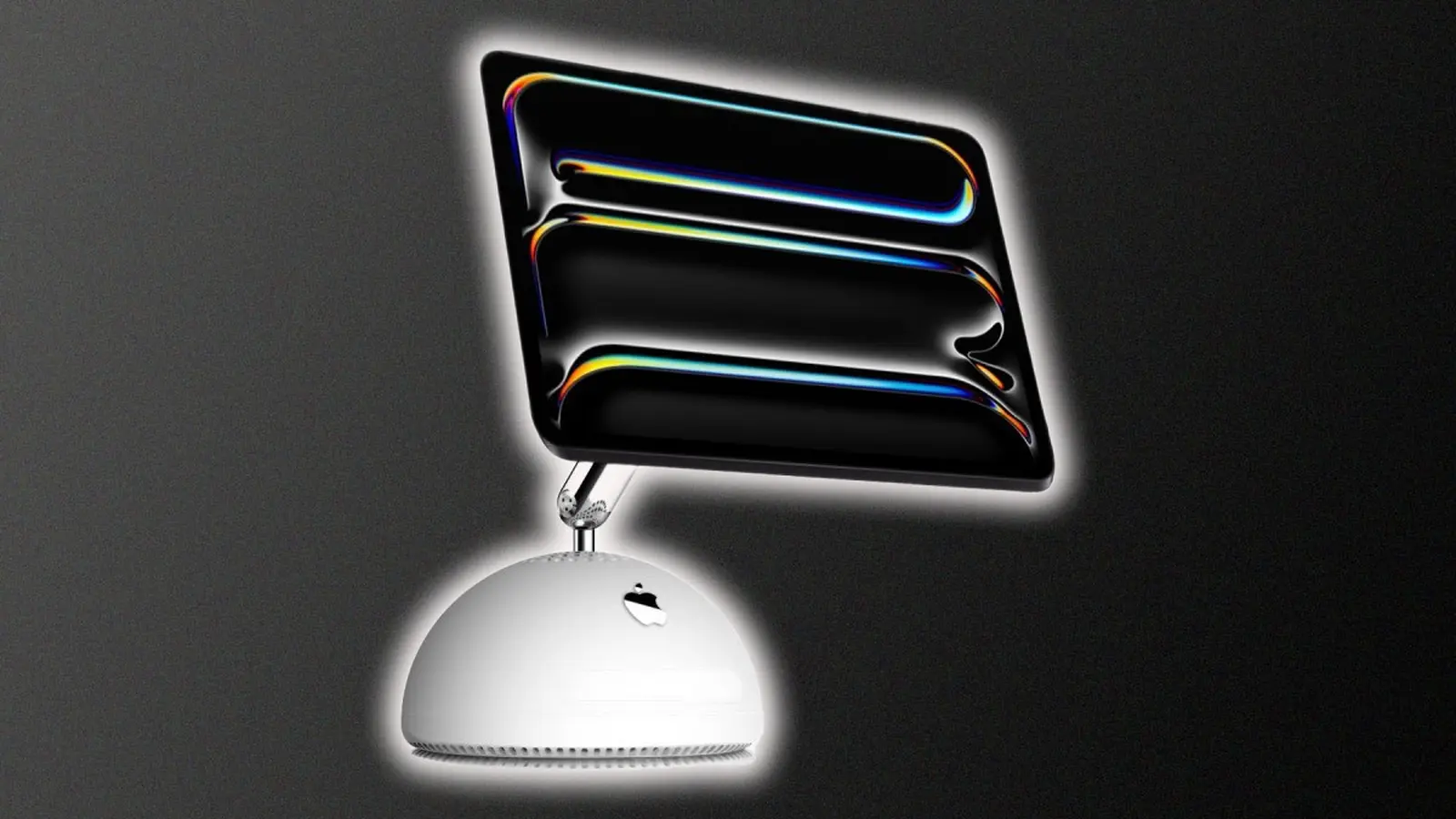5 Minutes
Apple’s multi-pronged push into consumer and industrial robotics
Apple is reportedly advancing several robotics projects that pair hardware engineering with conversational AI. New reporting builds on earlier leaks that suggested the company is exploring two smart robots—one featuring a robotic arm—and paints a broader picture: an iPad-like, arm-equipped home device, wheeled platforms, humanoid concepts and even a large manufacturing arm. These initiatives highlight Apple’s effort to combine robotics, machine learning and a more capable Siri for natural, context-aware interactions.
Product features: what the rumored devices could offer
iPad-style robot with a robotic arm
The most consumer-facing prototype resembles a large tablet on a moving jointed arm. It reportedly turns toward the speaker, tracks people on FaceTime to keep them framed, and responds using an upgraded Siri that can hold more natural conversations and interject helpfully—suggesting nearby restaurants during a conversation, for example. This blend of computer vision, conversational AI and servo-driven mobility aims to make the device feel ‘‘alive’’ and present in the room.
Small wheeled robots and humanoid concepts
Apple is also said to be exploring wheeled platforms similar to Amazon’s Astro and preliminary humanoid designs. Wheeled units would focus on home monitoring, mobile video calls and device continuity, while humanoid ideas target more advanced manipulation and mobility in domestic environments.
Industrial robotic arm (T1333)
Beyond home assistants, Apple appears to be prototyping a heavy robotics arm, codenamed T1333, intended for manufacturing automation—signaling an interest in streamlining production with in-house robotics solutions.

Comparisons: Apple vs. Amazon Astro and other robotics efforts
Compared with Amazon’s Astro, Apple’s approach emphasizes human-like presence and conversational intelligence linked to its ecosystem—FaceTime, Siri and iPad-like interfaces—rather than simply a mobile home monitor. Unlike single-purpose home devices, Apple’s concept seems designed for richer, contextual interactions and deeper integration with its services and privacy model. Rumors of a humanoid model put Apple in the same category as experimental efforts from other big tech firms, but Apple’s strengths in hardware design and software continuity could distinguish its products if they ship.
Advantages and differentiators
- Integrated Siri personality and improved conversational AI for natural dialogue.
- Seamless ecosystem integration (FaceTime, Apple ID, HomeKit) for continuity and privacy.
- Advanced tracking and computer vision to maintain frame during video calls.
- Multiple form factors—from tablet-arm hybrids to wheeled assistants and manufacturing arms—covering consumer and industrial use cases.
Use cases: practical scenarios for home and factory
In the home, the iPad-like robot could act as a stationary or mobile video-conferencing hub, an interactive information center, a kitchen assistant that suggests recipes or nearby restaurants, and a presence-aware smart device. Wheeled units could provide roaming video calls, home monitoring and package notifications. On the factory floor, the T1333 arm could automate assembly, inspection and other manufacturing tasks, improving efficiency and lowering costs.
Teams, leadership and product likelihood
Multiple Apple teams reportedly collaborate on these projects—hardware, software, AI and interface design—under leadership linked to Kevin Lynch, who has prior experience with watchOS and automotive initiatives. As with previous headline-grabbing efforts such as Project Titan, Apple explores many prototypes that may never reach market. Still, the AI-enabled tablet with a robotic arm is cited as one of the more concrete products under development.
Market relevance and industry impact
If realized, Apple’s robotics push would accelerate competition in the smart home robotics segment, raise expectations for integrated conversational AI assistants and influence how privacy, security and ecosystem lock-in are handled in physical devices. The combination of machine learning, robotics hardware and Siri’s evolution would make Apple a stronger contender in both consumer robotics and industrial automation.
Final takeaway
Apple’s robotics work spans consumer-facing iPad-style arms, wheeled home assistants and industrial robots. While uncertainty remains—some projects may be shelved—the emphasis on a more natural Siri, FaceTime tracking, and ecosystem integration suggests Apple is serious about bringing robotics and conversational AI closer to everyday users and manufacturing partners.



Comments